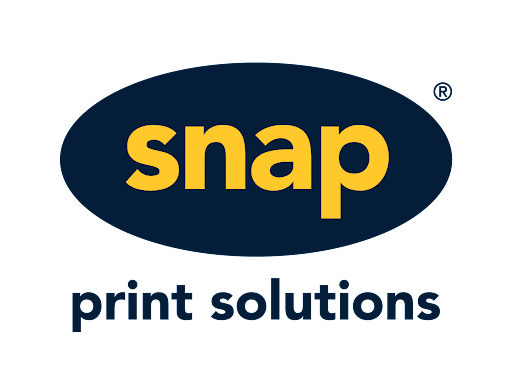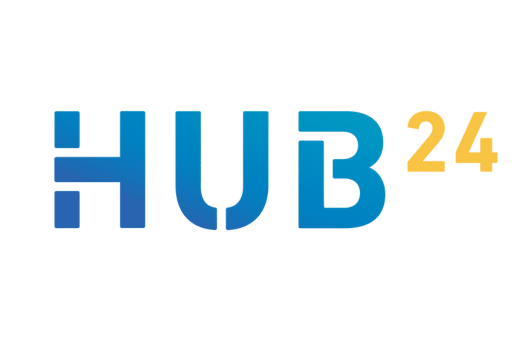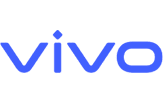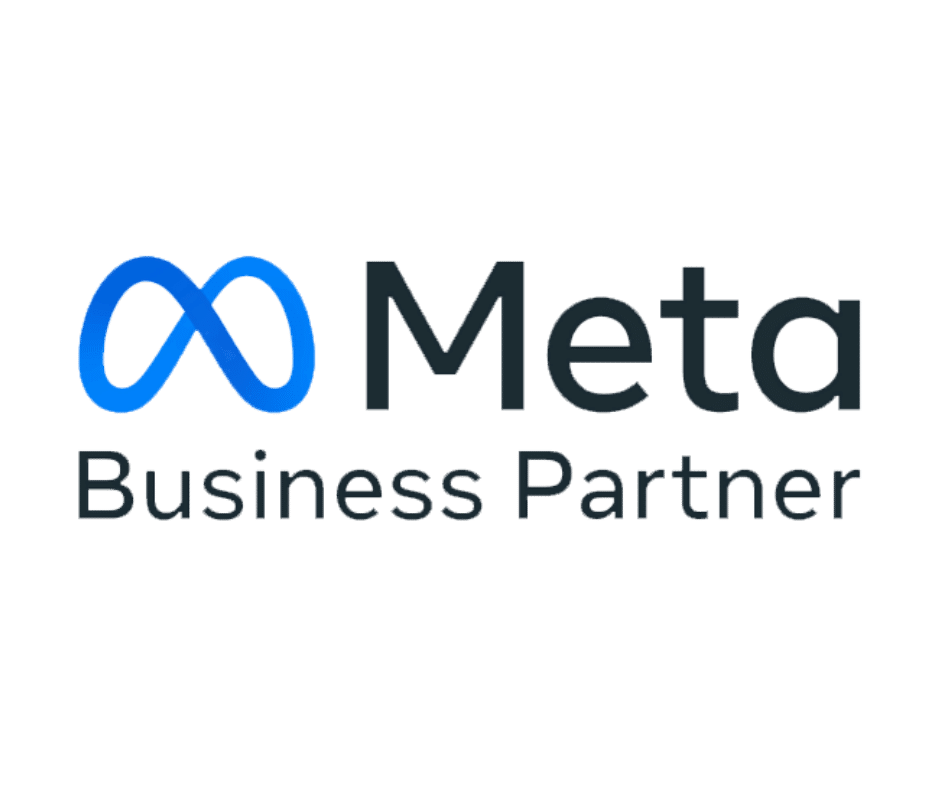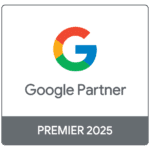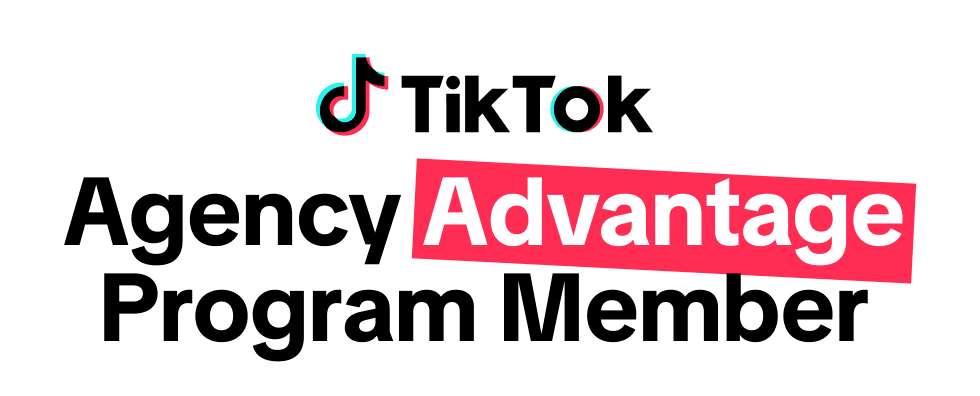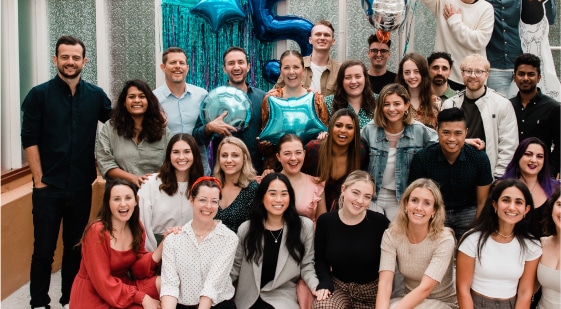3 Big Changes To Google Ads You Need To Know About for 2022
As if the pandemic wasn’t enough, Google Ads rolled out more changes and challenges for marketers across the globe last year.
While almost all of these changes are technical (bidding options, ad automation features etc.), I’d recommend business owners and in-house marketers review the ones listed in this blog.
A PPC agency has to remain agile in their approach to managing campaigns across effective digital marketing channels, such as Google Search, Display and YouTube, to sustain marketing performance and results. If you are advertising on Google, you can make sure that your digital marketing agency are making the right shifts in your ad campaigns.
1. Expanded Text Ads (ETAs) will be discontinued.
ETAs are the classic Search Ads that you generally see on the search results page on Google. As of June 2022, you will no longer be able to create or edit your ETAs. This ad type has been replaced with Responsive Search Ads (RSAs) as the default Search Ads format. ETAs that are set up will continue to run indefinitely and can only be paused or deleted.
What is the difference between ETAs and RSAs?
With ETAs, you could control the combination of headlines, copy, and calls to action that appear as an ad to users. On the other hand, to set up RSAs, you provide the platform with a list of up to 15 headlines and a list of up to 4 descriptions. Google then uses machine learning to serve the “best” combination to searchers.
You can pin the headlines and descriptions in place and force the RSA to work like an ETA. While that is a workaround, it defeats the purpose of having an RSA.

What should you ask your Google Ads Agency?
You should check what proportion of your ads are currently ETAs and what proportion are RSAs. It will be worth adding RSAs into campaigns that don't currently use them.
You may also want to add additional ETA variations before the June 2022 deadline to use for future testing.
2. New options for Google Shopping Ads.
As of August 2021, you can now differentiate your Google Shopping Ads by highlighting different fulfillment options. This includes:
- Shipping annotations like “Free delivery by Sat, 8th Jan” or “Get it by Jan 26” and
- Return annotations like “Free returns until March 31” or “Free 30-day returns”

Moreover, from October 2021, Google introduced their “Deals” feed located in the Shopping drop-down menu. This new feature allows you to apply a “promotion,” “sale,” or “price drop” badge to a product listing (Note: Only if it meets Google Ads qualifying conditions). These badges will increase your visibility under “Deals for you” listings on user devices, based on their search query.
You can see which products can qualify for badges using the Products tab in your Google Merchant Center. There is also a new dashboard that lets you quickly see impressions, clicks and click-through rates for ads related to products with a deals badge.

What should you ask your Google Ads Agency?
Work with your fulfilment and customer service teams to identify the best offers and promises you can make to your customers and communicate these to your Google Ads specialists. In terms of deals, you can test out discounts, short-term price-drops and review their impact on sales. These additions are relatively easy to implement and a clean way to stand out in the search results.
3. Google’s privacy debacle and the growing importance of first-party data (including offline conversions).
This long-debated topic is complicated; I’ll keep it simple. Due to privacy issues, Google is now encouraging businesses to use first-party data (i.e. data that users voluntarily provide) to run better ads.
This data can include names, phone numbers, and email addresses that you can export from your CRM and upload to Google Ads to build more relevant and targeted audiences.
To help with this, as of September 2021, Google has introduced a new Offline Conversions Import (OCI) helper tool. This tool helps bridge the gap between offline data (calls to businesses, opportunities generated and deals closed for B2B businesses etc.) and ads. It provides a clearer picture of your customer journey from search to sale.
If you use CRMs like HubSpot, you can now create “Events” from changes that happen in your CRM (example: if a contact’s life cycle stage is changed to customer) and import that as a goal for your Google Ads. With enough data, over time, you will be able to optimise ads not just for how many contacts it generates, but also how many deals or sales it generates.
What should you ask your Google Ads Agency?
If you’re a B2B advertiser, it might be worth working with your Google Ads team to set up the Offline Conversions Import helper tool. If you use tools like HubSpot, consider integrating it with your Google Ads account and setting up conversion events related to Deals/Opportunities.
There you have it - three important changes to Google Ads that you should discuss with your digital strategy.
Google, privacy laws and the general economic environment will continue to throw curve balls at advertisers in 2022. If you’d like to stay ahead of the game, speak to our team of Google Ads experts at Rocket Agency. Leave us a message here or call 1800 704 627.

Webinar: Digital Marketing in Australia
Join us for a live, moderated 60-minute webinar presented by James Lawrence on the latest changes to digital marketing. Understand attribution and data challenges, AI and how to balance brand and performance ads. Get 8 actionable steps to get digital right this year.
About the Author

Eshita is Rocket Agency’s Head of Marketing and Email Lead. Eshita has been a finalist at the B&T Women In Media awards in the marketing category for her success in scaling Rocket’s own marketing efforts.
Previously, Eshita was the Marketing Manager at SalesITV where she was responsible for executing the marketing strategy and operations focused on lead generation, lead nurturing and sales conversion.
She has had in-depth experience in monetising owned media channels and scaling and running successful online webinars. What’s more, Eshita’s experience working closely with sales teams has enhanced her skillset as a proficient marketer who achieves impressive results.











